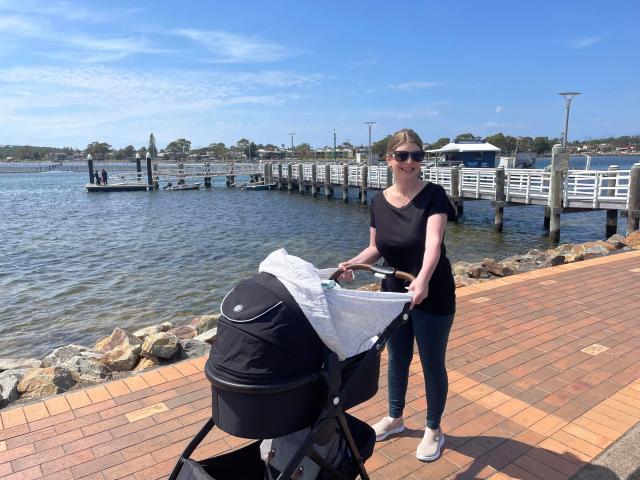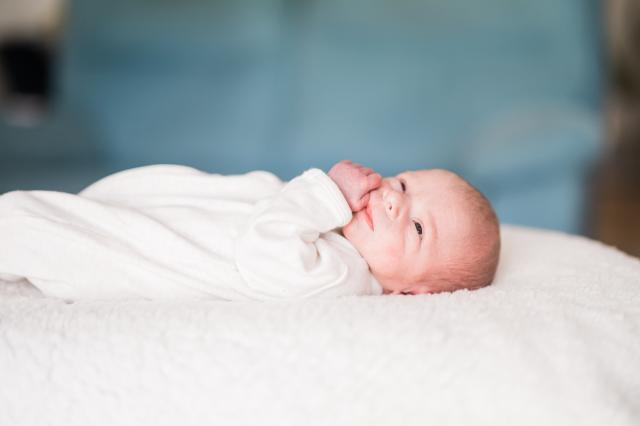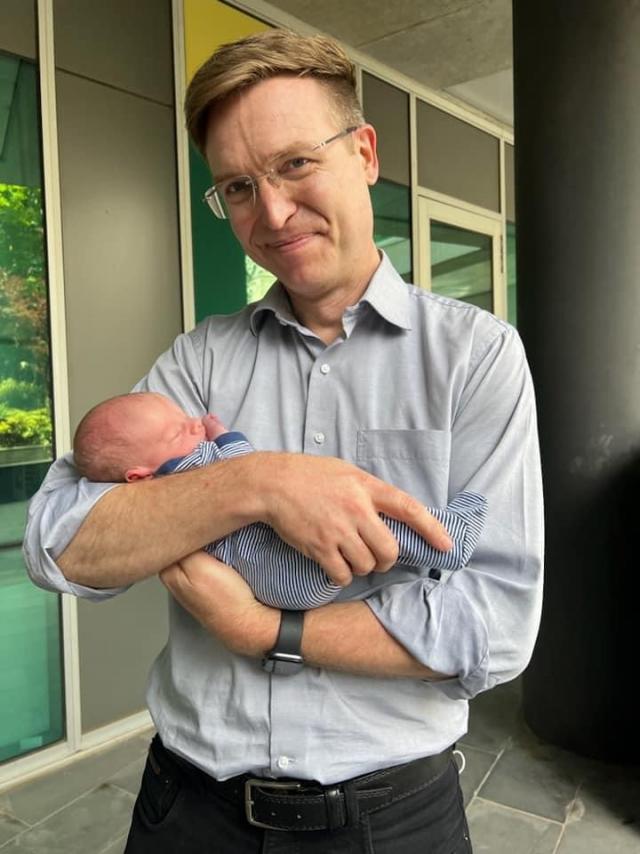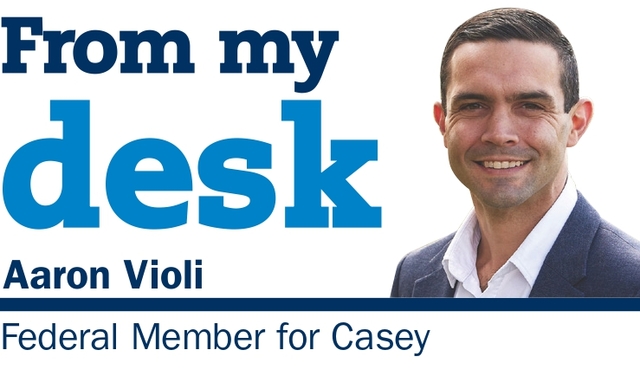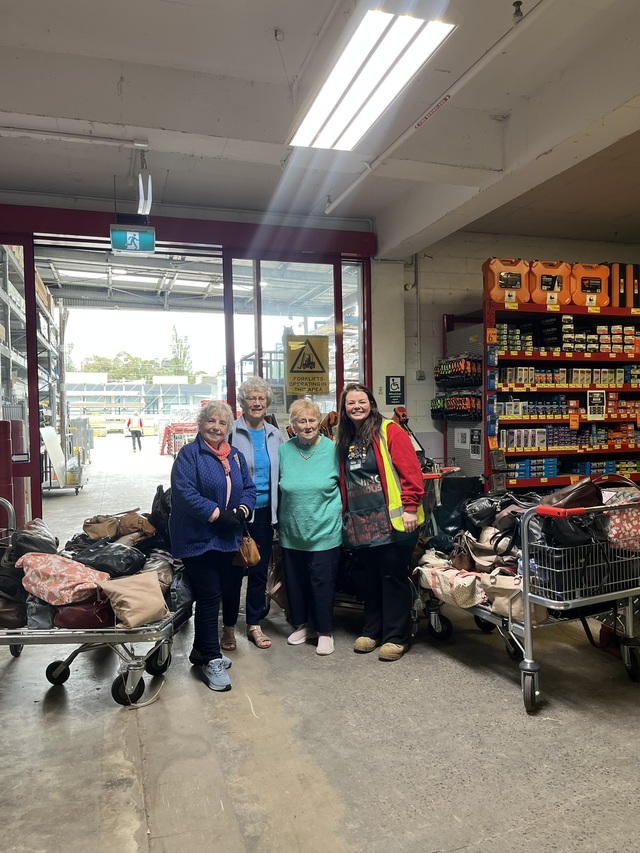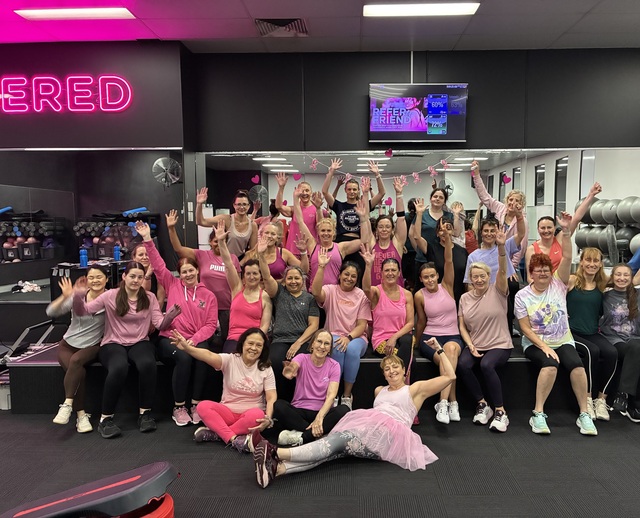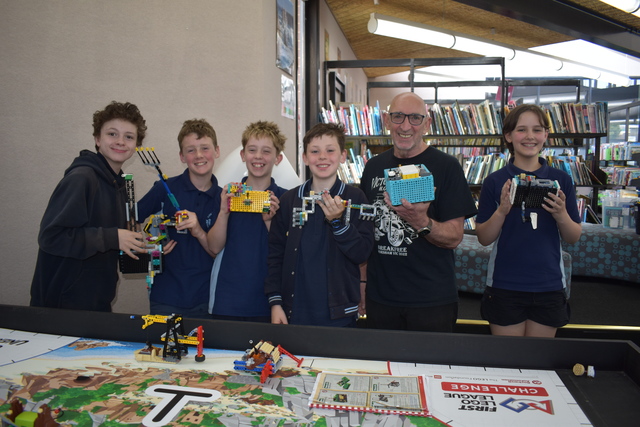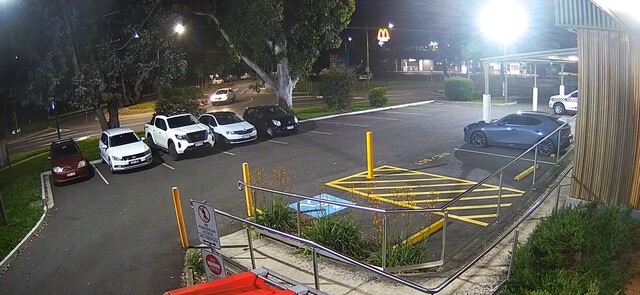When Mount Evelyn resident Nicole Gallacher experienced a stroke during her pregnancy two and a half years ago resulting in the death of the baby, the thought of welcoming a child into the world seemed a long way off.
But in early December Nicole and her husband Dave, celebrated the birth of their son Angus, a miracle baby after what has been a challenging few years for the two of them.
“Motherhood is just wonderful. He’s a really good baby, so I guess that makes it easier. He is having three hourly feeds, so I am a little bit tired but other than that, he’s just been a dream,” Nicole said.
“If you told me back then that in two years time, you’ll be on a family holiday with your baby I would not have believed you at all. It’s amazing how things can change, how different things can be and the difference time makes.”
Having been rushed to the Austin Hospital after the quick thinking of her dad, Nicole spent two weeks in a coma on a life support machine, with doctors not expecting the recovery she made.
As a tribute to the paramedics and doctors who helped save her life, little Gus is named after the men who made split second decisions and were there throughout her time in ICU.
Gus’ first name is taken from Augustus, Nicole’s brain surgeon who performed the initial surgery when she arrived in hospital.
His second names, Michael and Andrew, were chosen because of the paramedic Michael who was able to assess Nicole in the ambulance and decided instantly she needed a neurosurgeon, while Andrew monitored the ECMO machine, watching on as Nicole improved little by little.
Sadly, Andrew died early last year before being able to learn of the tribute given by the Gallacher’s but Gus will grow up knowing the impact he had on his family’s life.
Waking from her coma, Nicole said after about a month, doctors confirmed having children wasn’t out of the question, a big relief to her and her husband.
“They told me very early on that it was [possible] and if I’m honest, that’s probably something that kept me and my husband going. It gave us hope,” she said.
While precautions had to be taken because she was classed as a high risk pregnancy, in terms of Nicole’s recovery, it hasn’t sent her backwards at all, nor is Gus at high risk of experiencing a stroke himself after DNA testing.
At the moment, Nicole is able to do all the normal motherhood things one would expect, just with a few alterations until she can get back on track with her physiotherapy.
“We worked on ways that I can change him safely and get him up on the bassinet safely. I change him when I’m kneeling so that I’m not going to fall over and he’s safe.
“I definitely still have balance issues and coordination issues and now it’s just looking at how we can be 100 per cent sure he is safe but I can be as active in his life as possible.”
After being on a family holiday, Nicole said she has plans to return to physiotherapy once a week, exercise physiology once a fortnight and by February return to her driving lessons.
“My ultimate goal and it’s a long way away but I’d love to be able to go to school pick ups and my physio thinks that’s definitely possible.
“I want to smash out as much as I can so that later on I’m able to do that because I was already pretty motivated before Angus but now I’m very, very motivated.
“Particularly, even when he’s a year old, he’s going to start walking and I want to be able to move with him and do things with him. I don’t want him to be disadvantaged based on what’s happened to me.”
The Stroke Foundation’s Executive Director of Stroke Services and Research Dr Lisa Murphy said while every stroke and recovery is different, that’s not to say near perfect recovery is not possible.
“Everybody’s journey is different. Strokes affect different parts of the brain. Some people absolutely do recover 100 per cent, or very close but there might be hidden things like fatigue, which people don’t see on the outside,” she said.
“The sooner you get your treatment after the stroke, the better the outcome because if you think that every minute you have a stroke, you kill off billions of brain cells, so the quicker you can get that treatment, the more brain cells survive.”
Dr Murphy said that too goes for rehabilitation treatment, the quicker treatments like physiotherapy, speech therapy and occupational therapy can be started, the better the likelihood of a return to normal or near normal.
That’s why the F.A.S.T methodology really is the difference between outcomes for someone who experiences stroke.
“Time is of the utmost urgency for stroke. It’s always a medical emergency. The faster you can get definitive treatment for your stroke, absolutely, the better your outcome,” Dr Murphy said.
At every step of Nicole’s stroke, time was definitely a saving factor, from the moment her dad called the ambulance to the decision to go to the Austin Hospital to her rehabilitation treatment.
While the most common symptoms of stroke include a drooping face, an inability to lift both arms above the head and slurred speech, Dr Murphy said they don’t all have to happen together, nor is it what everyone experiences.
“The face, arms and speech are the most common but you can have a blinding headache, or you can have visual disturbances, there are other signs and symptoms of stroke.”
And although stroke is most common in the older population, it is starting to occur more and more in what the Stroke Foundation identifies as the working population aged 18 to 64.
“In that working age group…the number of strokes is increasing. So in 2022, there were around nearly 11,000 first ever strokes in that age group, which is about equivalent to 29 strokes a day.
“In people 54 and under, 24 per cent of all strokes were in that age group and that’s increased from 14 per cent in 2012. So that’s really quite significant and quite a worry, considering you’re in your prime of life at that age.”
Even though she was young when she had her stroke, Nicole has been able to move forward, something Dr Murphy said gives hope to others.
“Life is not what she intended it to be but there’s positive stories that come out of having a stroke and it’s not the end.
“I would never take away somebody’s thoughts and feelings after stroke but I suppose [Nicole’s] story does give that message of hope, that there is potentially light at the end of the tunnel…and there is so much people can do to live the best possible life they can after stroke.”
Nicole shares the same sentiment and said for someone who has experienced stroke, stories of hope can only help.
“Now we have the baby, we’re on a family holiday, I’m OK, I’m going to survive, we still have our challenges, no doubt but if we had known that this would be where we would end up not that long down the road, that would have been amazing to hear.
“My only message is of hope. Life goes on after stroke and it does get better. It’s very hard at the time but it does get better but you also have to work really hard for it to get better.”


